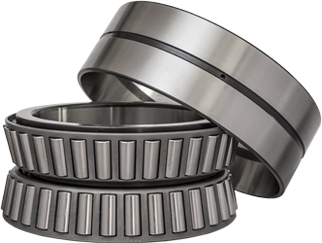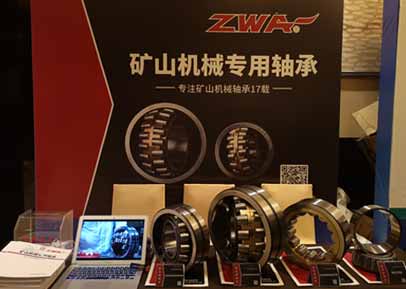
There are many rolling bearing types and sizes. For the convenience of design and selection, the types, sizes, structural features and tolerance grades of the rolling bearings are indicated by code numbers.
Code numbers of rolling bearings:
1. The functions of codes: indicate the structure, size, type and precision of the rolling bearing.
2. Code composition:
Prefix code--indicates the components of bearing.
Basic code--indicates the main features of bearing, such as bearing and its types and sizes.
Post code--indicates the accuracy and material characteristics of the bearing.
3. Inner diameter code: bearing inner diameter code × 5 = inner diameter (mm)
4. When the inner diameter of the bearing is less than 20mm, the corresponding inner diameter code for the bearing with inner diameter of 10mm, 12mm, 15mm and 17mm is 00, 01, 02 and 03.
5. Dimension series codes: used for the bearings with the same inner diameter but different outer diameter and width.
6. Codes of outer diameter: 0 and 1 for extra light, 2 for light, 3 for medium and 4 for heavy.
7. Width series codes: normal width is "0" and it is usually not marked. But "0" cannot be omitted for tapered roller bearings (Class 3) and centering roller bearings (Class 2).
8. Type codes: common bearing codes are 3, 5, 6, 7 and N.
9. Tolerance grade codes: tolerance is divided into five levels, including 2, 4, 5, 6 (6x) and 0 level. From high level to low level, P2, P4, P5, and P6 (P6x) are taken as code, and level 0 is not marked.
10. Clearance codes: the clearance is divided into six groups of 1, 2, 0, 3, 4 and 5. The corresponding codes from small to large are C1, C2, C3, C4 and C5, and group 0 is not marked.

